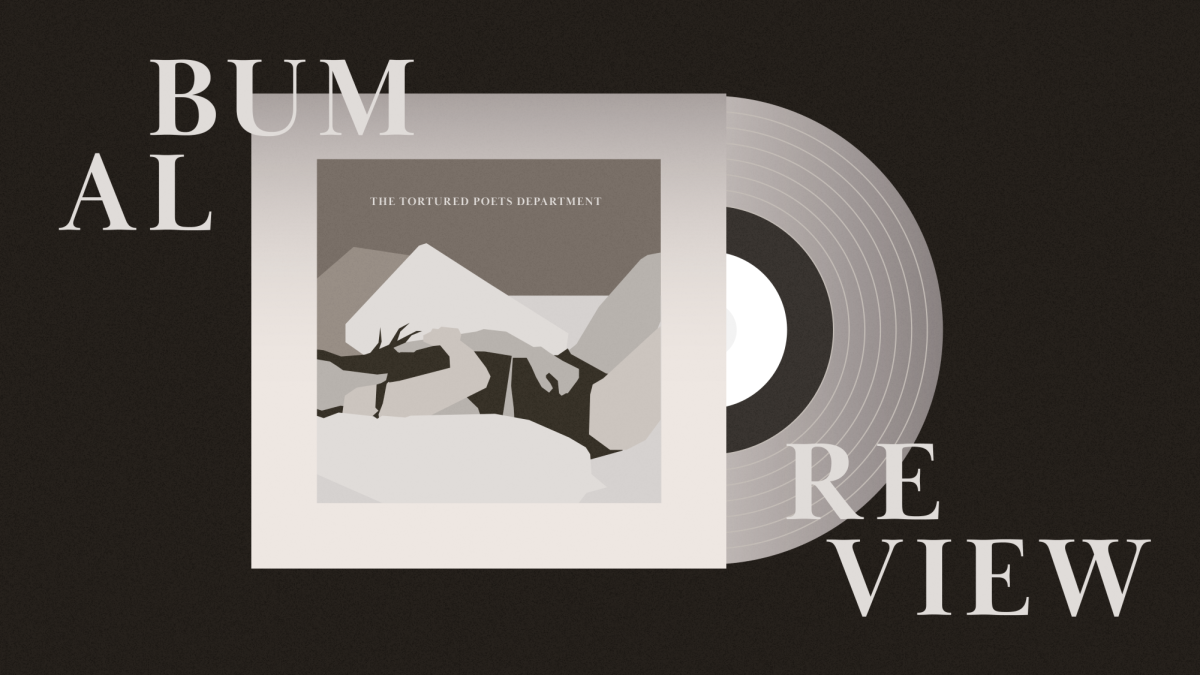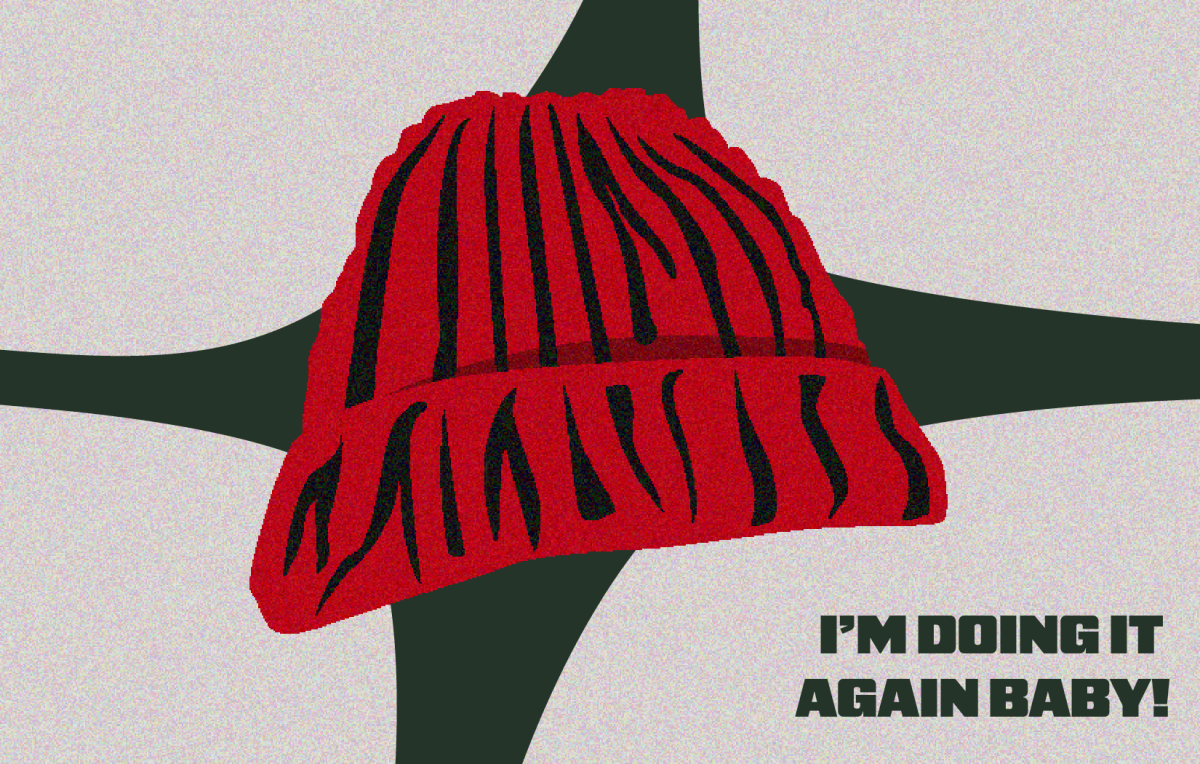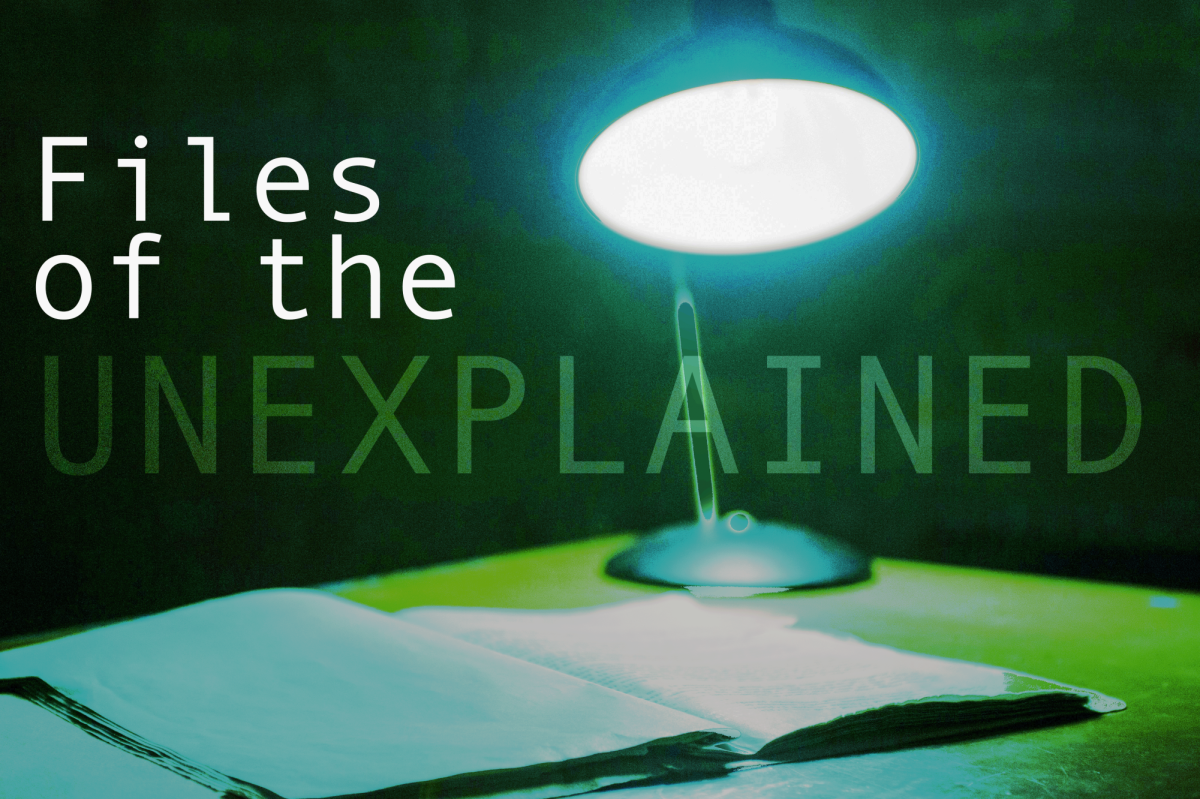In an effort to create awareness of the inequality of food distribution in the world, the Bennion Community Service Center held its seventh annual hunger banquet Tuesday evening in the Union Saltair Room.
The banquet was set up as a metaphor to visually illustrate the inequality facing the world’s population, said James Bradley, who co-hosted the banquet.
Event attendees were divided into three groups depending on the economic status they were given upon entry: high, middle and low income.
“(It) makes it very obvious, blatant, walk right in and the difference is obvious,” said Erin Schroeder, a freshman in English, who was seated in the high-income section.
The groups were seated and fed according to their income. The upper-income group was in a fine dining setting, the middle-income group was in long rows of tables and the low-income group was on the floor.
The number of people in each group reflected how income classes are distributed in the world.
James Bradley and Kristen Bradley said that 15 percent of the world’s population lives in the upper-income bracket and 30 percent makes up the middle-income group. The other 55 percent comprises the lower-income layer. The people in this layer are the most concerned with day-to-day survival, and everyday items for the other groups — such as food, school and health care — are unrealistic luxuries for them.
Utah is ranked seventh in the nation for food insecurity, meaning that the majority of Utahns go to bed hungry every night and typically cannot afford to feed their families, according to a U.S. Department of Agriculture report for 2007.
“Equality or balance does not exist here,” Kristen Bradley said.
Groups were also discouraged from interacting with each other and barred from sharing food.
“It seems a little extreme, but maybe it’s what it’s really like,” said Abby Roberts, a junior in exercise physiology.
About 200 people attended the banquet, said Shawn Boley, a committee chair for the banquet.
Admission for the event cost $5, which was donated to OxFam America, a nationwide hunger relief program, or five cans of non-perishable foods, donated to the Utah Food Bank. Boley said 402 cans and $650 were collected during the event.











